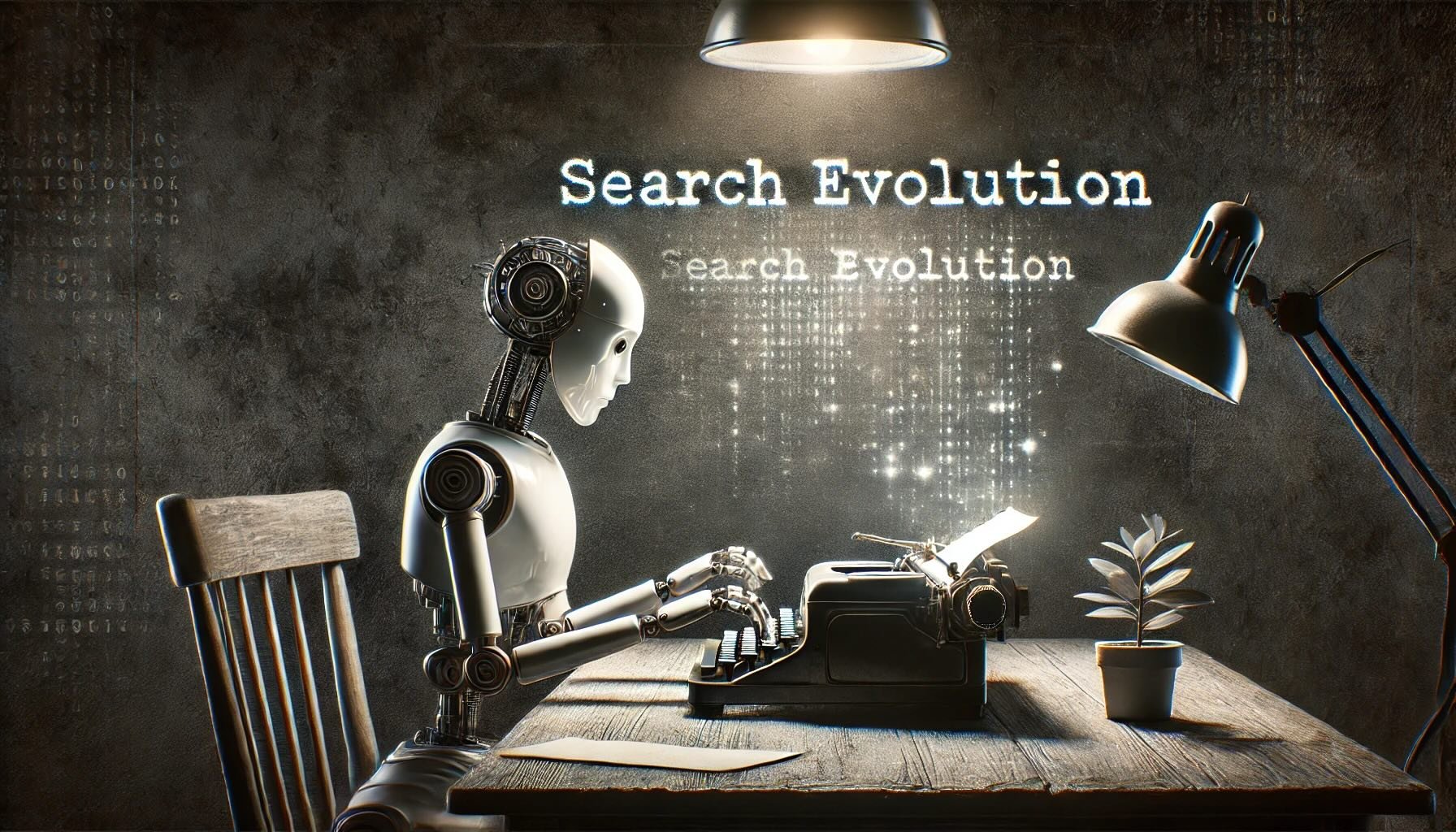Beyond Google: How AI Platforms Are Reshaping the Way Customers Find You
In today's rapidly evolving digital landscape, businesses face a significant challenge: the shift from traditional search engines to AI-driven platforms. This transformation in consumer behavior demands that marketers adapt swiftly to maintain visibility and reach their target audiences effectively.
The Obstacle: Declining Reliance on Traditional Search Engines
For years, businesses have optimized their online presence primarily for traditional search engines like Google and Bing. However, the advent of AI-driven platforms is reshaping how consumers seek information and make purchasing decisions. Recent studies indicate that one in ten U.S. internet users now turn to generative AI first for online searches.
This shift presents a formidable obstacle for businesses that have relied heavily on traditional SEO strategies. As consumers increasingly favor AI-driven platforms for their queries, companies risk losing visibility if they don't adapt to these emerging technologies.
The Solution: Embracing AI-Driven Platforms
To overcome this challenge and harness the potential of AI-driven platforms, businesses should consider the following strategies:
Optimize Content for AI Platforms: AI-driven search engines prioritize context and relevance over keyword matching. By analyzing visitor behavior and preferences, businesses can tailor content and recommendations to provide a more customized experience.
Leverage AI for Personalized Marketing: AI tools can analyze vast amounts of consumer data to deliver personalized content and advertisements. This approach enhances user engagement and increases the likelihood of conversions. For instance, AI-powered email marketing platforms can automate various aspects of the process, from segmenting and personalizing email lists to scheduling and optimizing send times.
Invest in AI-Powered Customer Service: Implementing AI-driven chatbots and virtual assistants can improve customer engagement by providing instant responses and personalized interactions. These tools can answer customer queries and influence purchase decisions, reshaping site search features.
Utilize AI for Content Creation and Management: AI can automate content creation, scheduling, and publishing activities, allowing businesses to maintain a consistent and engaging online presence. This automation saves time and effort, helping deliver more effective marketing campaigns.
Real-World Example: Must Have Ideas
A practical example of successfully leveraging AI is the home shopping business "Must Have Ideas." By introducing generative AI tools, they launched an affordable 24/7 AI TV shopping channel, significantly expanding their reach and customer base. Their proprietary software stitches together pre-recorded clips to create continuous programming that mimics a live broadcast, at roughly 10% of traditional costs.
The Benefits: Enhanced Visibility and Business Growth
By adapting to AI-driven platforms, businesses can:
Maintain and Enhance Visibility: Ensuring that content is optimized for AI platforms keeps businesses in front of their target audience, even as consumer search behaviors evolve.
Improve Customer Engagement: Personalized interactions foster stronger relationships with customers, leading to increased loyalty and repeat business.
Achieve Cost Efficiency: Automating processes like content creation and customer service reduces operational costs, allowing resources to be allocated more strategically.
Gain Competitive Advantage: Early adoption of AI technologies positions businesses ahead of competitors who are slower to adapt, capturing a larger market share.
Conclusion: Embrace the AI Evolution
The rise of AI-driven platforms is not just a technological trend but a fundamental shift in consumer behavior. Businesses that recognize and adapt to this change will overcome the obstacle of declining reliance on traditional search engines and unlock new avenues for growth and success. By optimizing their presence on AI platforms, leveraging personalized marketing strategies, and investing in AI-powered tools, companies can navigate this transition effectively and continue to thrive in the digital age.

